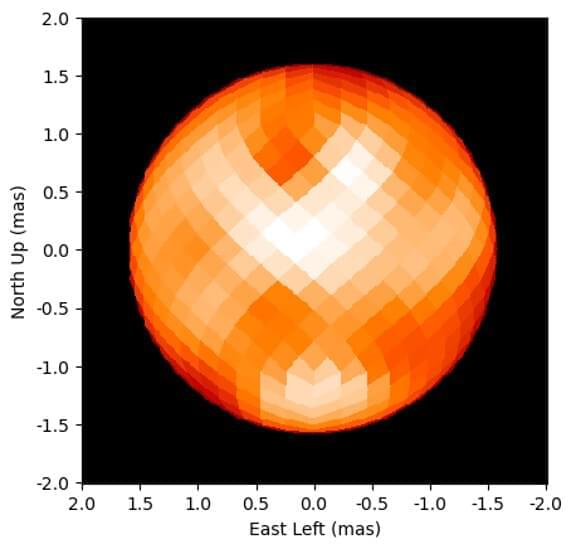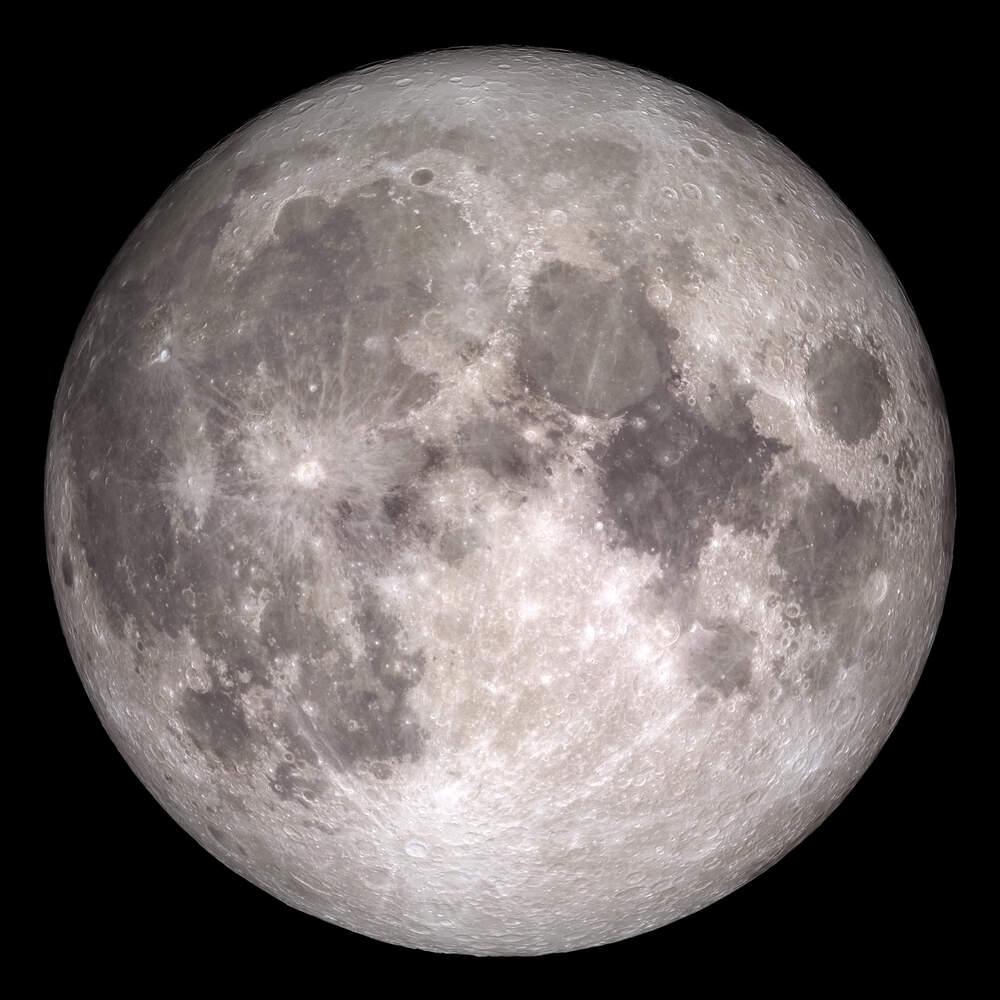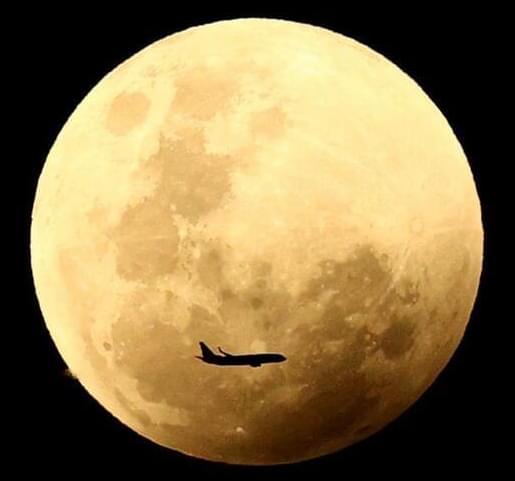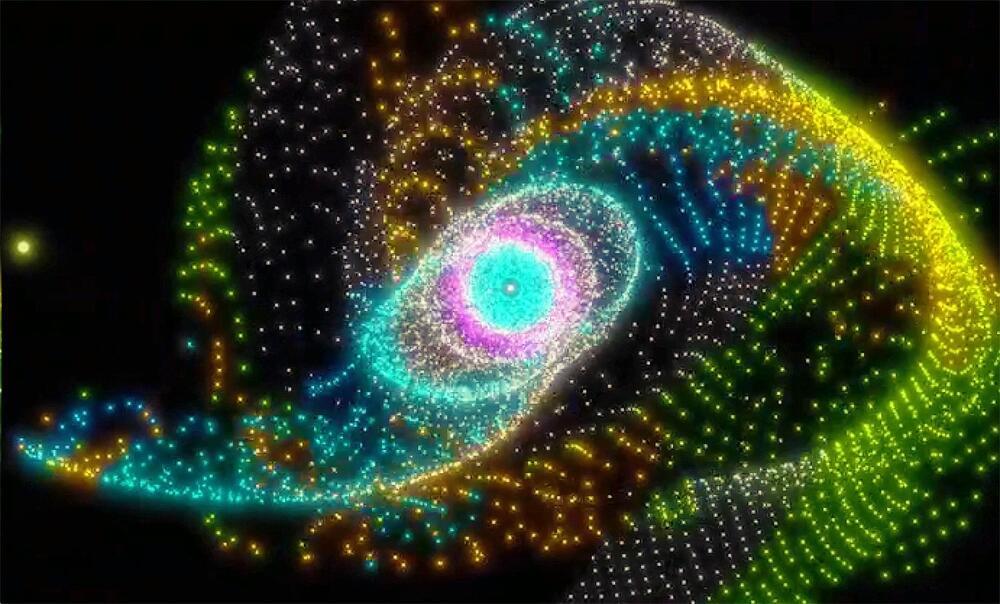If we don’t understand why we’re conscious, how come we’re so sure that extremely simple minds are not? I propose to think of consciousness as intrinsic to computation, although different types of computation may have very different types of consciousness – some so alien that we can’t imagine them. Since all physical processes are computations, this view amounts to a kind of panpsychism. How we conceptualize consciousness is always a sort of spiritual poetry, but I think this perspective better accounts for why we ourselves are conscious despite not being different in a discontinuous way from the rest of the universe. Introduction ‘don’t hold strong opinions about things you don’t understand’ —Derek Hess Susan Blackmore believes the way we typically […].
Category: space – Page 180
Scientists Puzzled by Hundreds of Little Red Dots in James Webb Images of Distant Universe
Captured by the James Webb, the Little Red Dots indicate galaxies we’ve never seen before, and what’s inside them is unclear.

New View of North Star Reveals Spotted Surface
The team successfully tracked the orbit of the close companion and measured changes in the size of the Cepheid as it pulsated. The orbital motion showed that Polaris has a mass five times larger than that of the Sun. The images of Polaris showed that it has a diameter 46 times the size of the Sun.
The biggest surprise was the appearance of Polaris in close-up images. The CHARA observations provided the first glimpse of what the surface of a Cepheid variable looks like.
CHARA Array false-color image of Polaris from April 2021 that reveals large bright and dark spots on the surface. Polaris appears about 600,000 times smaller than the Full Moon in the sky.

A Completely New Structure of Light Has Been Created: The Chiral Vortex
“Traditional measures of chirality have struggled to identify the concentration of right-and left-handed molecules in samples containing almost equal amounts of both,” says physicist Nicola Mayer, from the Max Born Institute.
“With our new method, a tiny excess in the concentration of either mirror twin can be detected, possibly enough to make a life-changing difference.”
We’re not sure how chirality first emerged, but it may have originated from deep space, before going on to play a profound role in so many different aspects of life on Earth. Having instruments that can better detect chiral molecules would be a major step forward.
The Physics and Philosophy of Time Travel
What if everything we know about time is merely an illusion? Could find a way out of it, by breaking the construct of how the universe progresses? And so, would it be possible to break the natural flow of time?
If you’d like to see more of this kind of video, consider supporting our work by becoming a member today!
Follow us on Instagram: / beeyond.ideas.
Visualization of the Gödel universe.
https://iopscience.iop.org/article/10…
Miguel Alcubierre TEDx talk (in Spanish)
• VIAJAR A UNA ESTRELLA LEJANA Y REGRES…
Table of content:
P-adic numbers in de Sitter Space
Leonard Susskind on P-adic numbers in de Sitter Space.

Celebrate this year’s International Observe the Moon Night on September 14, 2024
Read about the importance of International Observe the Moon Night and how you can celebrate it on September 14, 2024!
Beginning in 2010, NASA began International Observe the Moon Night based on two events occurring simultaneously in 2009 during the International Year of Astronomy celebration: “We’re at the Moon!”, which was sponsored by the Lunar Reconnaissance Orbiter (LRO) and the Lunar Crater Observation and Sensing Satellite (LCROSS) teams, and “National Observe the Moon Night”, which was hosted in the United States.
This year’s International Observe the Moon Night is occurring on September 14 with the goal of sharing the incredible science and wonder of the Moon, including its observational and scientific history, why it’s so important to study, and how we’re studying it. For example, evidence has suggested that ancient humans as far back as 20,000 years ago used the Moon as a timekeeping device due to the changing phases of the Moon over the course of a month. Additionally, when observing the Moon with either the naked eye or a telescope, the Moon’s surface exhibits both bright and dark colors, which are the Moon’s lava plains and highlands, respectively.
Regarding its scientific history, the Moon has been studied by astronomers around the world for hundreds of years, with one of the first astronomers to observe the Moon through a telescope and document their findings being Galileo Galilei, finding the Moon’s surface was imperfect and not smooth as had been previously hypothesized. Regarding robotic exploration, the Moon has been explored in-depth beginning with the Soviet Union intentionally crashing the Luna 2 space probe onto the lunar surface on September 14, 1959. This Space Race between the United States and Soviet Union culminated with the United States landing the first man on the Moon in 1969 with Apollo 11.



ISS will be killed without Russia’s participation
Well, that’s it, actually. The sentence has been signed, the money has been allocated to the executioners. For now, one billion dollars, and then we’ll see how it goes. Since NASA has decided to deorbit the ISS itself, the cost may increase considerably. But this will not surprise anyone, this is the norm in the USA.
Moreover, if political motives are involved, they cost more. If Roscosmos carried out such an operation, most likely, it would cost less, if only because it has everything for it. And NASA has nothing.